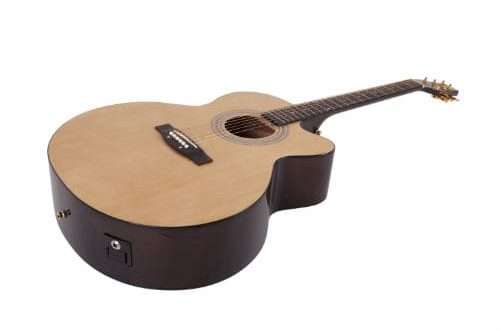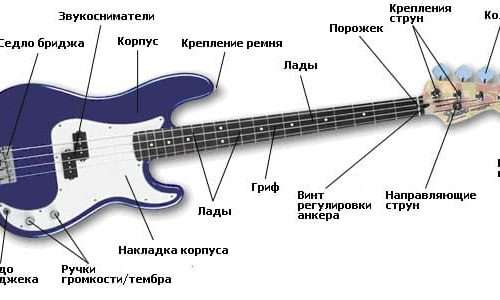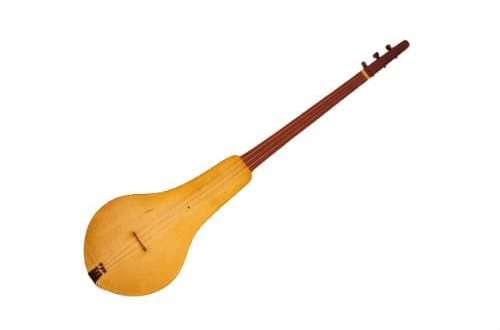
Transacoustic guitar: design features and principle of operation
The sound of ordinary acoustic musical instruments is considered varied and beautiful. But often there is a desire to decorate the familiar sound and complement it. For this purpose, you can use various modifications or computer programs, but there is an easier way – to try out a transacoustic guitar.
The appearance of the instrument does not differ from the classic, except for the presence of 3 controls and a connector for connecting an amplifier cable. At the same time, the possibilities of the tool are much wider.

The principle of operation is built around a mechanism called Actuator, located inside the instrument and complementing its sound. Receiving vibration from the strings, this mechanism resonates, creating the effect of a gradual decay of the sound. This adds flavor to the melody while keeping it natural.
The regulator function is no less useful. There are 3 of them: volume, reverb and chorus. The first one is responsible for turning on the transacoustic mode and adjusts the ratio of pure melody with processing, and the other two – for the level of the applied effect. Regulators work from an ordinary 9-volt battery.
The transacoustic guitar is definitely worthy of attention, in its performance the familiar melody becomes more saturated and rich, while maintaining the classic guitar sound.





